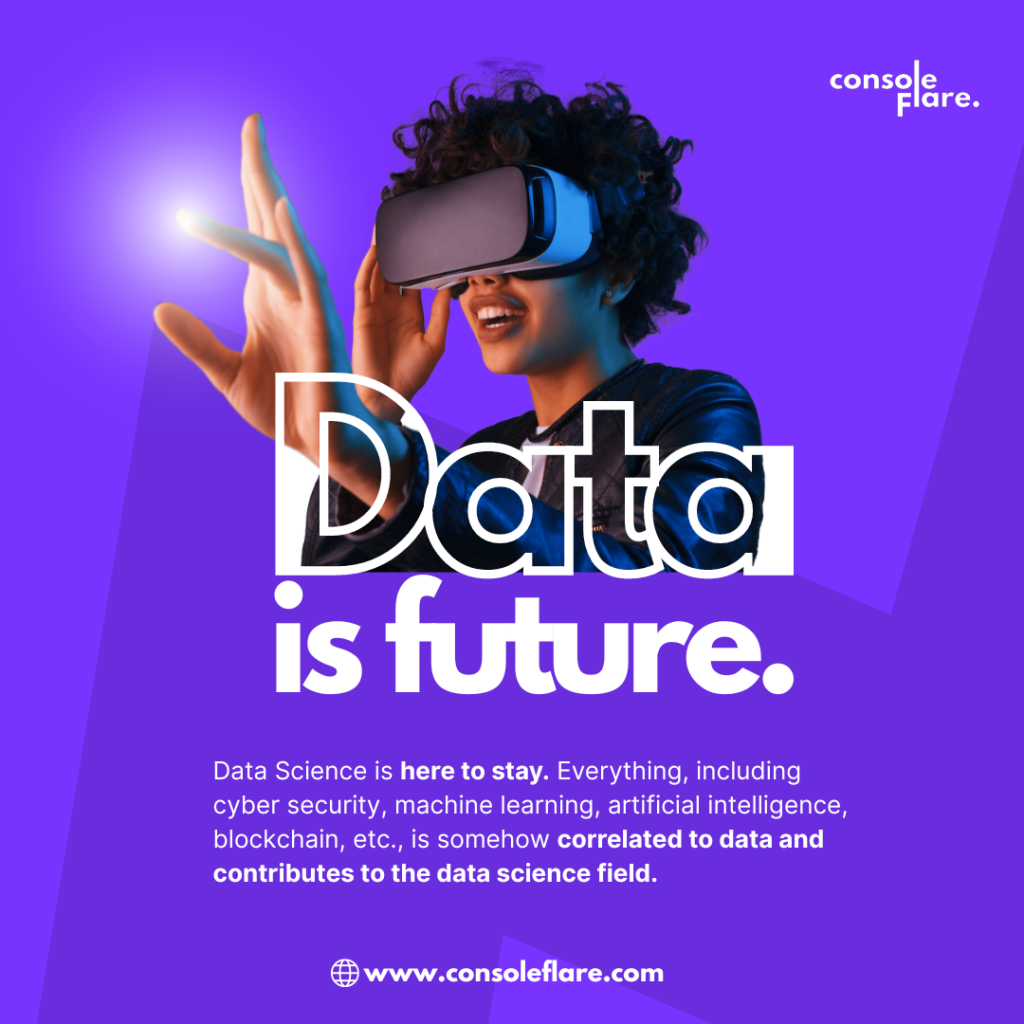NLP stands for Natural Language Processing. It is a field of artificial intelligence that focuses on the interaction between computers and humans using natural language. NLP techniques are used to analyze, understand, and generate human languages, such as speech and text. Some examples of NLP tasks include speech recognition, language translation, sentiment analysis, and text summarization.
Natural Language Processing (NLP) is used in a variety of applications and in industries such as healthcare, finance, e-commerce, and customer service to analyze and understand human language. It can be used to automate tasks such as customer service, data entry, and content creation.
A beginner’s guide to Natural Language Processing (NLP) would typically cover the following topics:
- Understanding the basics of NLP: NLP is a branch of Artificial Intelligence (AI) that deals with the interaction between computers and human languages. It involves the use of algorithms and statistical models to analyze, understand, and generate human language.
- Key NLP tasks: Some of the key NLP tasks include language translation, text summarization, sentiment analysis, and text-to-speech.
- Text pre-processing: Before applying any NLP algorithm, it is important to pre-process the text data. This includes tasks such as tokenization, stemming, and stopword removal.
- Popular NLP libraries and frameworks: There are several popular NLP libraries and frameworks available for beginners, such as NLTK (Natural Language Toolkit) and spaCy. These libraries provide pre-trained models and a wide range of NLP tools that can be easily integrated into projects.
- Common NLP techniques: Some common NLP techniques include bag-of-words, TF-IDF, and word embeddings. These techniques are used to represent text data in a form that can be used by machine learning algorithms.
- Applications of NLP: NLP is used in a wide range of applications such as chatbots, text summarization, language translation, and sentiment analysis.
- Practice and Experiment: NLP is a practical field, so it’s a good idea to practice and experiment with different algorithms, libraries, and datasets to build your own NLP models.
It’s important to keep in mind that NLP is a rapidly evolving field and new developments and techniques are constantly emerging, so continuous learning and staying up to date with the latest advancements is crucial.
How Natural Language Processing Can Help You in Career Growth?
Learning Natural Language Processing (NLP) can help grow your career in a number of ways:
- High demand: NLP is a rapidly growing field with a high demand for professionals who have the skills to analyze and understand human language. Companies in various industries such as healthcare, finance, e-commerce, and customer service are using NLP to automate tasks, improve customer service, and gain valuable insights from their data.
- Versatility: NLP skills are versatile and can be applied to a wide range of job roles such as data scientists, machine learning engineers, NLP engineers, and research scientists.
- High earning potential: As the demand for NLP professionals continues to grow, so does the earning potential for those with the skills to work in this field. According to Glassdoor, the average salary for an NLP Engineer is around $120,000 per year.
- Opportunities for innovation: NLP is a field with many opportunities for innovation and creativity. With the ability to process and understand human language, NLP has the potential to revolutionize how we interact with technology and machines.
- Career advancement: Learning NLP can help you advance in your current role or open up new opportunities for advancement. With NLP skills, you can take on more responsibility and work on more complex projects.
It’s important to note that the field of NLP is rapidly evolving, so continuous learning and staying up to date with the latest advancements are crucial to growing your career in this field.
If you’re willing to learn concepts of Natural Language Processing (NLP), browse this tutorial by JavaTpoint.
Hope you liked reading the article, A Beginner’s Guide to Natural Language Processing (NLP). Please share your thoughts in the comment section below.







3 thoughts on “A Beginner’s Guide to Natural Language Processing (NLP)”